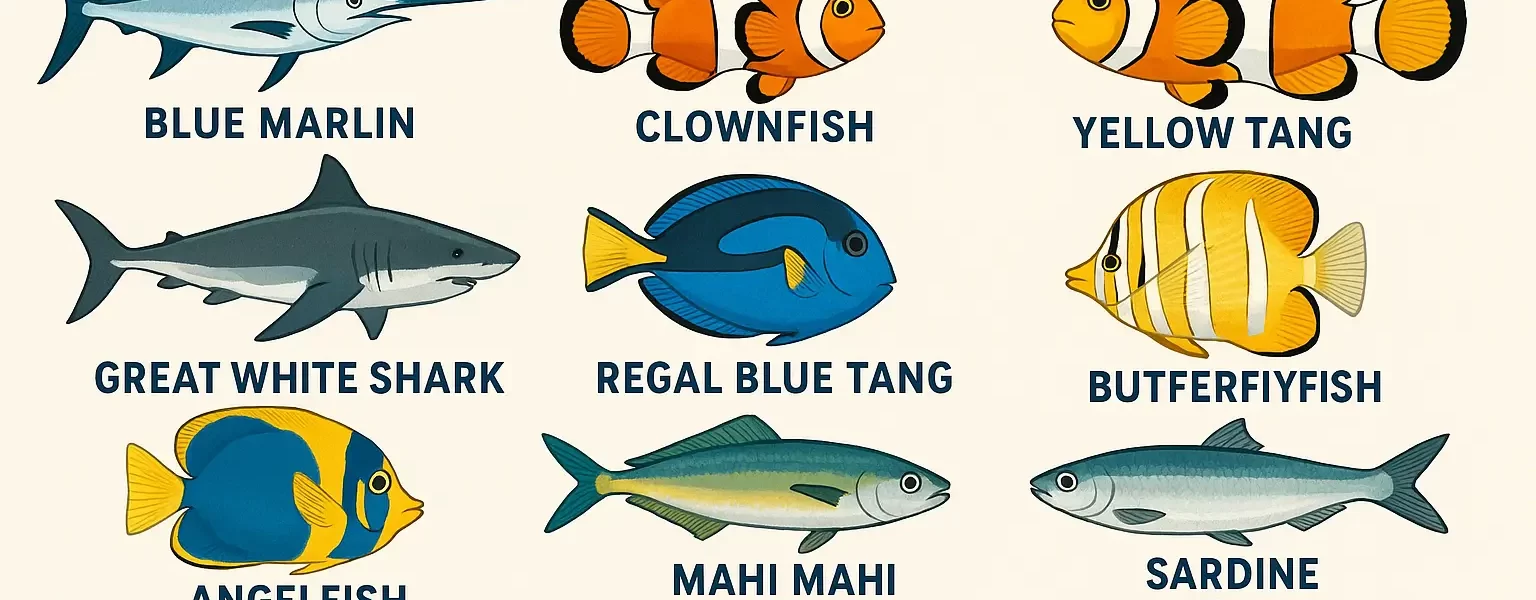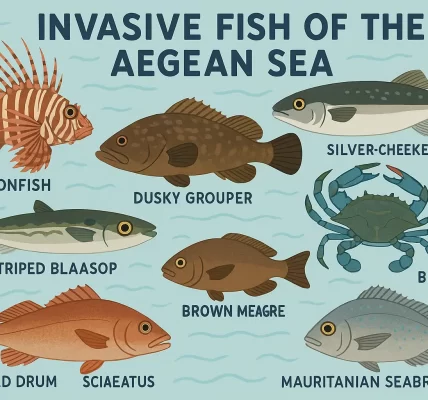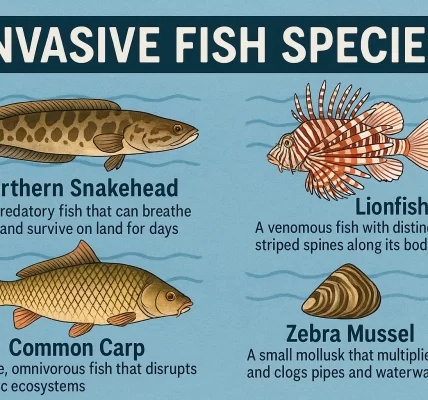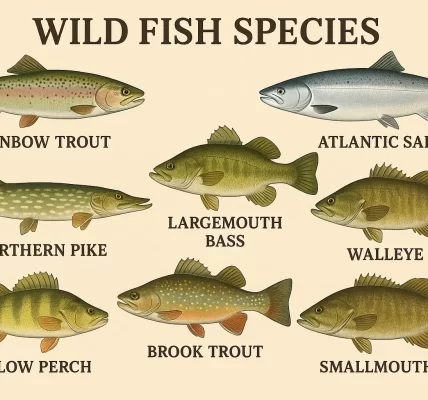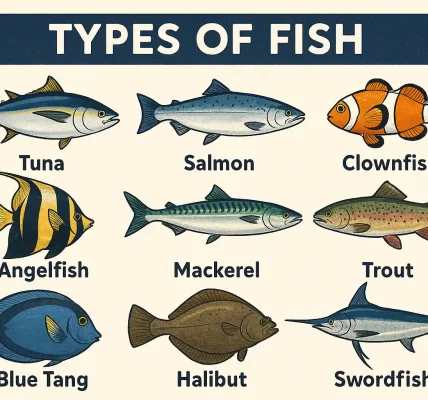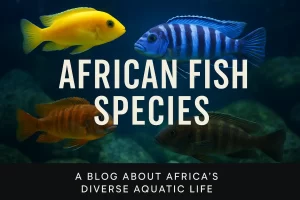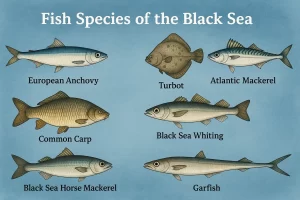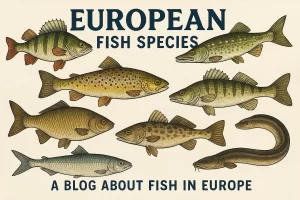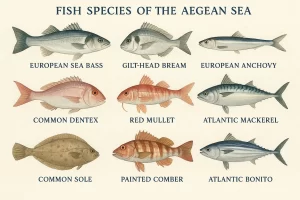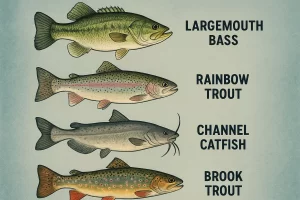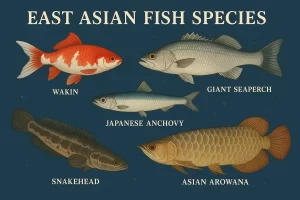Ocean Fish Species
Ocean Fish Species: Diversity Beneath the Waves
The vast expanse of the world’s oceans is home to a breathtaking variety of fish species. From shallow coral reefs to the deepest ocean trenches, fish have evolved in extraordinary ways to adapt to different marine environments. In this article, we explore the most fascinating ocean fish species, their habitats, biological traits, and their roles in marine ecosystems.
What Are Ocean Fish Species?
Ocean fish species are fish that inhabit saltwater environments, including the open ocean (pelagic zone), coastal areas, coral reefs, and the deep sea. These species differ from freshwater fish in terms of physiology, behavior, and adaptations to salinity and pressure.
Main Categories of Ocean Fish
- Pelagic Fish: Species that live in the open ocean, often in large schools (e.g., tuna, mackerel)
- Demersal Fish: Fish that live near or on the seafloor (e.g., cod, halibut)
- Reef Fish: Colorful fish associated with coral reefs (e.g., clownfish, parrotfish)
- Deep-Sea Fish: Adapted to high pressure and low light (e.g., anglerfish, gulper eel)
Common and Iconic Ocean Fish Species
1. Bluefin Tuna (Thunnus thynnus)
One of the most powerful and fast-swimming fish, the bluefin tuna can reach speeds of over 70 km/h. Found in the Atlantic and Pacific Oceans, it is highly sought after for sushi markets. Unfortunately, it is also listed as an endangered species due to overfishing.
2. Clownfish (Amphiprioninae)
Popularized by movies, clownfish live in warm, shallow reefs, especially in the Indo-Pacific region. They are known for their symbiotic relationship with sea anemones, which provide protection from predators.
3. Swordfish (Xiphias gladius)
Easily recognized by their long, flat bill, swordfish are migratory and live in both temperate and tropical oceans. They are apex predators and can dive to great depths in search of squid and fish.
4. Mahi-Mahi (Coryphaena hippurus)
Also known as dolphinfish, mahi-mahi are bright, iridescent fish commonly found in tropical and subtropical oceans. They are fast-growing and popular in commercial and sport fishing.
5. Anglerfish (Lophiiformes)
Living in the deep sea where sunlight doesn’t reach, anglerfish use a bioluminescent lure to attract prey. Their bizarre appearance and extreme adaptations make them one of the most fascinating deep-ocean species.
Ocean Habitats and Fish Distribution
Ocean fish are not evenly distributed; their location depends on factors such as depth, water temperature, salinity, and availability of food.
Coastal Zones
Shallow, nutrient-rich waters near land support species like flounder, snapper, and groupers. These areas often include estuaries and mangroves that serve as nurseries for juvenile fish.
Coral Reefs
Home to thousands of species, coral reefs are biodiversity hotspots. Fish like angelfish, butterflyfish, and moray eels are commonly found here, often displaying bright colors and unique behaviors.
Open Ocean
Pelagic fish such as sharks, sardines, and marlins roam the open seas, relying on schooling behavior and speed for survival. These fish often migrate over vast distances following ocean currents and food sources.
Deep Sea
At depths beyond 1,000 meters, conditions are cold, dark, and high-pressure. Deep-sea species like the fangtooth, lanternfish, and hatchetfish have specialized organs and survival strategies suited for this extreme environment.
Importance of Ocean Fish in Ecosystems
Ocean fish play crucial roles in maintaining ecological balance:
- Predator-prey regulation: They help control populations of smaller fish and invertebrates.
- Coral reef health: Herbivorous species like parrotfish prevent algae overgrowth on coral reefs.
- Carbon cycling: Fish contribute to nutrient transport and carbon sequestration in marine ecosystems.
Threats to Ocean Fish Species
Despite their resilience, many ocean fish face increasing threats from human activities:
- Overfishing: Industrial fishing has depleted many fish stocks globally.
- Pollution: Plastic waste, oil spills, and chemical runoff affect fish health and habitats.
- Climate Change: Ocean warming and acidification disrupt migration and breeding patterns.
- Habitat Destruction: Coral bleaching and seabed trawling damage vital ecosystems.
Conservation Efforts
Protecting ocean fish involves a combination of local, national, and global strategies:
- Establishing marine protected areas (MPAs)
- Regulating commercial fisheries and enforcing quotas
- Promoting sustainable seafood choices among consumers
- Supporting habitat restoration projects
Conclusion
The oceans are teeming with fish species that vary in size, shape, and behavior, each contributing to the richness of marine life. Understanding and protecting these ocean fish is essential not only for biodiversity but also for the millions of people who depend on them for food and livelihood. With responsible management and global cooperation, we can ensure the survival of these incredible species for generations to come.

